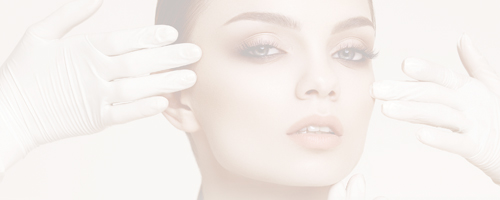Plastic surgery has been in existence since the dawn of time; the Egyptians invented the rhinoplasty around five thousand years ago, the Chinese were known to have utilized anesthesia almost two thousand years ago, and the Romans recorded instances of cosmetically repairing ears over two thousand years ago. Currently, plastic surgery is most commonly used to remove tumors, repair lacerations, and revise scars.
In addition to necessary reconstructive surgery, cosmetic surgery has also been on the rise for the past couple of centuries, and continues to gain both popularity and acceptance in the modern world. More and more people are opting for tummy tucks, nose jobs, and face lifts to enhance their features. In fact, according to the American Society for Aesthetic Plastic Surgery, the number of cosmetic surgeries performed in the United States has increased by fifty percent during this past decade alone. The subject of cosmetic surgery is quickly losing its status as taboo and is on its way to becoming more of a societal norm. In this increasingly technological world, surgical procedures are becoming safer, quicker, easier, and cheaper to perform. However, people are still hesitant to go under the knife.
The risks of surgery, recovery time, anesthesia, potential scarring, and costs, though all improved over the years, seem intimidating to those who are not completely familiar with the surgical procedures. That’s why an increasing number of non-surgical alternatives are being offered by plastic surgeons across the country. Lasers and injectables are replacing scalpels and sutures, and an increasing number of patients are choosing non-surgical cosmetic procedures over surgical ones due to the lower risks, lower costs, and shorter downtime. According to the American Society for Aesthetic Plastic Surgery, in 2010, only 1,622,290 of the 9,336,814 cosmetic procedures performed were surgical in nature. Non-surgical procedures are trending, and are safer and more available than ever.
Facial rejuvenation is probably one of the most popular non-surgical cosmetic procedures. There are numerous ways to make skin feel tighter, smoother, and younger, including Ultherapy, Botox, Juvéderm, and Sculptra. Ultherapy uses ultrasound technology to lift, tone, and tighten loose skin on the face, neck, and brow, contributing to a more youthful appearance. Botox reduces activity in muscles responsible for frown lines, crow’s feet, and fine wrinkles. Juvéderm is injected into the face to make up for lost volume while simultaneously tightening the skin and reducing wrinkles. Sculptra replaces collagen, which is responsible for keeping the skin tight and youthful, but depletes over time. All can be used in conjunction to yield the best possible outcome.
Many liposuction candidates choose to be treated with CoolSculpt, a revolutionary new method for reducing fat by literally freezing away fat cells without downtime or surgery. Ellipse laser-based systems now have the ability to remove unwanted hair, treat acne, hide unsightly veins, and reduce wrinkles. This laser can even control nail fungus. As surgical procedures fall out of popularity, injectables, ultrasounds, and lasers quickly take their place. The ancient art of cosmetic surgery is quickly evolving.























